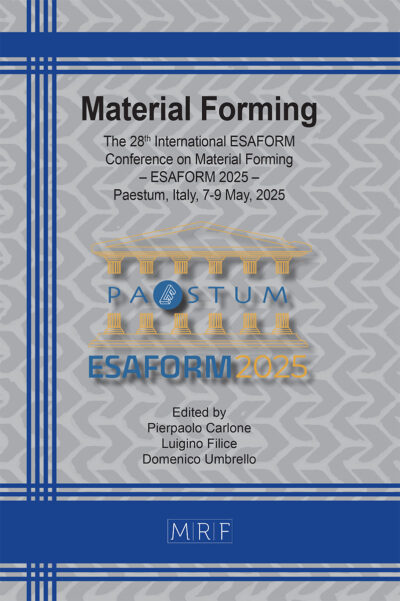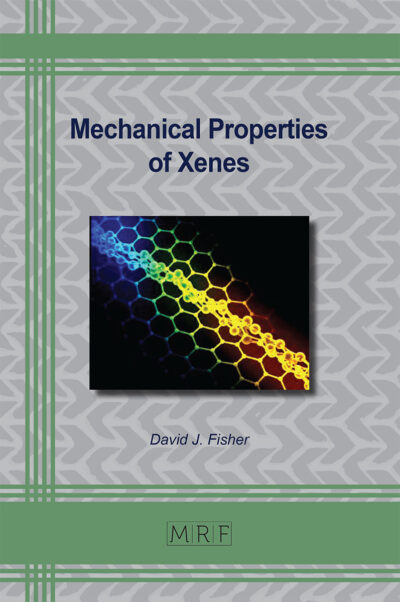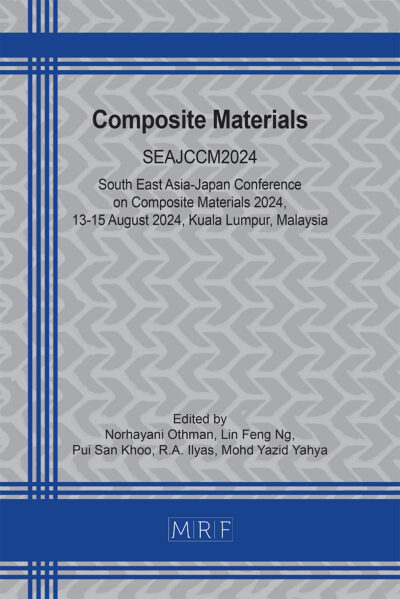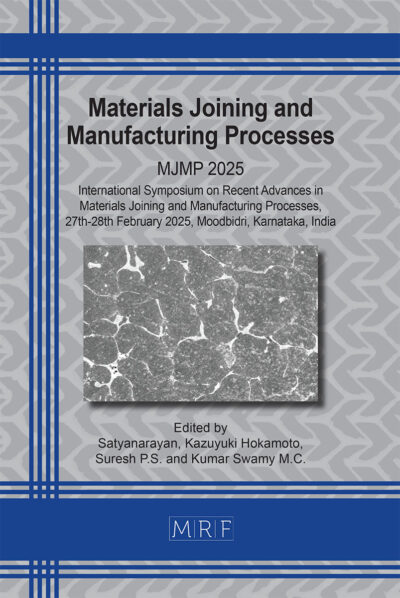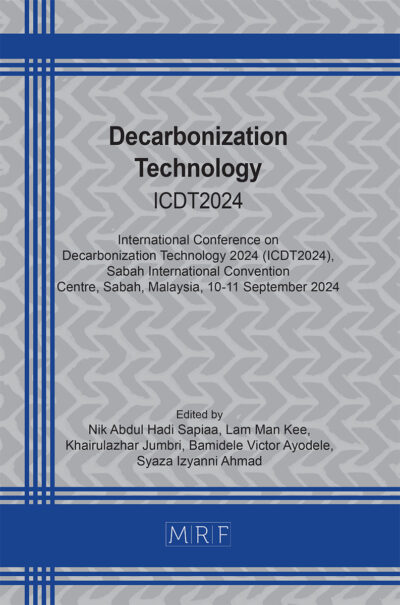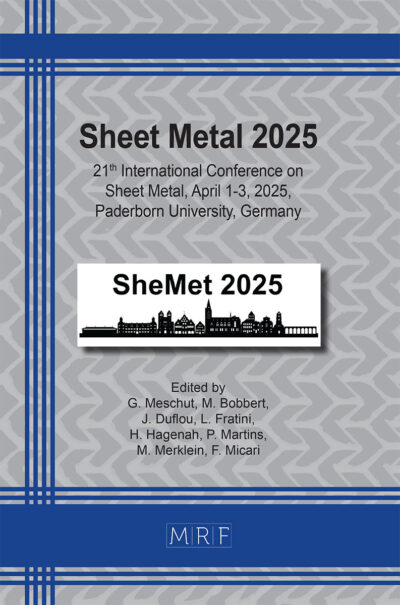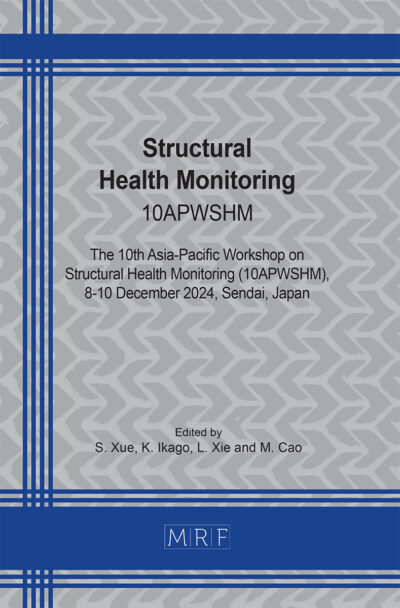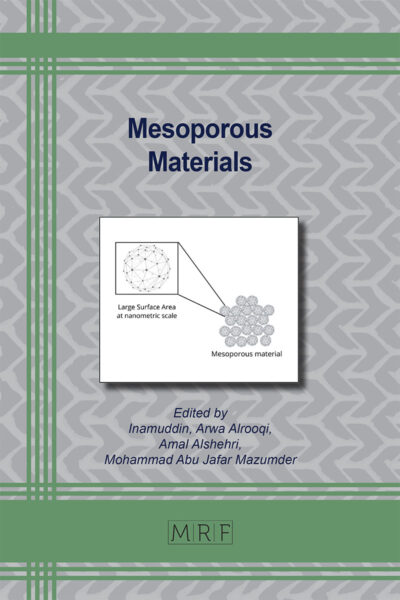Meso- and macroscale modelling strategies for biomimetic structures produced using L-PBF technology
Anastasia Ciccarella, Giuseppe Dell’Avvocato, Gabriele Cortis, Daniele Cortis, Donato Orlandi, Luca di Angelo, Luca Cortese, Edoardo Mancini
Abstract. This paper investigates the mechanical behaviour of biomimetic structures produced using L-PBF technology. Specifically, the triply periodic minimal surface (TPMS) gyroid structure was analysed. The TPMS are receiving significant attention in biomedical applications to produce structures with high strength-to-weight ratio, better control over the transition in properties between the prosthesis and the bone tissue, such as stiffness and density, and improved interface adhesion. The mechanical characterisation of these structures is the current challenge for researchers. We propose a preliminary modelling strategy for a homogenisation procedure based on the Representative Volume Element (RVE) theory and traditional mesoscale and macroscale finite element (FE) analysis integrated with evaluating the anisotropy induced by the printing process. The results indicate that the L-PBF produces an orthotropic base material, the unit cell exhibits an anisotropic behaviour, and the macroscopic modelling reduces the computational cost. However, a mesoscopic approach is necessary to define the anisotropic elastic matrix of the cell.
Keywords
Biomimetic, L-PBF, TPMS, Anisotropy, Meso and Macroscale
Published online 5/7/2025, 9 pages
Copyright © 2025 by the author(s)
Published under license by Materials Research Forum LLC., Millersville PA, USA
Citation: Anastasia Ciccarella, Giuseppe Dell’Avvocato, Gabriele Cortis, Daniele Cortis, Donato Orlandi, Luca di Angelo, Luca Cortese, Edoardo Mancini, Meso- and macroscale modelling strategies for biomimetic structures produced using L-PBF technology, Materials Research Proceedings, Vol. 54, pp 313-321, 2025
DOI: https://doi.org/10.21741/9781644903599-34
The article was published as article 34 of the book Material Forming
![]() Content from this work may be used under the terms of the Creative Commons Attribution 3.0 license. Any further distribution of this work must maintain attribution to the author(s) and the title of the work, journal citation and DOI.
Content from this work may be used under the terms of the Creative Commons Attribution 3.0 license. Any further distribution of this work must maintain attribution to the author(s) and the title of the work, journal citation and DOI.
References
[1] J. Li, M. Li, J. J. Koh, J. Wang, and Z. Lyu, “3D-printed biomimetic structures for energy and environmental applications,” DeCarbon, vol. 3, p. 100026, Mar. 2024. https://doi.org/10.1016/j.decarb.2023.100026.
[2] S. Ataollahi, “A review on additive manufacturing of lattice structures in tissue engineering,” Nov. 01, 2023, Elsevier B.V. https://doi.org/10.1016/j.bprint.2023.e00304.
[3] E. Alabort, D. Barba, and R. C. Reed, “Design of metallic bone by additive manufacturing,” Scr Mater, vol. 164, pp. 110–114, Apr. 2019. https://doi.org/10.1016/j.scriptamat.2019.01.022.
[4] L. Mullen, R. C. Stamp, W. K. Brooks, E. Jones, and C. J. Sutcliffe, “Selective laser melting: A regular unit cell approach for the manufacture of porous, titanium, bone in-growth constructs, suitable for orthopedic applications,” J Biomed Mater Res B Appl Biomater, vol. 89, no. 2, pp. 325–334, May 2009. https://doi.org/10.1002/jbm.b.31219.
[5] E. Mancini, M. Utzeri, E. Farotti, A. Lattanzi, and M. Sasso, “DLP printed 3D gyroid structure: Mechanical response at meso and macro scale,” Mechanics of Materials, vol. 192, May 2024. https://doi.org/10.1016/j.mechmat.2024.104970.
[6] D. W. Abueidda, M. Bakir, R. K. Abu Al-Rub, J. S. Bergström, N. A. Sobh, and I. Jasiuk, “Mechanical properties of 3D printed polymeric cellular materials with triply periodic minimal surface architectures,” Mater Des, vol. 122, pp. 255–267, May 2017. https://doi.org/10.1016/j.matdes.2017.03.018.
[7] M. Smith, Z. Guan, and W. J. Cantwell, “Finite element modelling of the compressive response of lattice structures manufactured using the selective laser melting technique,” Int J Mech Sci, vol. 67, pp. 28–41, 2013. https://doi.org/10.1016/j.ijmecsci.2012.12.004.
[8] E. Mancini et al., “High strain rate investigation on the mechanical anisotropy induced by SLM technology on a 3D printed steel,” in Materials Research Proceedings, Association of American Publishers, 2024, pp. 2220–2225. https://doi.org/10.21741/9781644903131-244.
[9] A. Charmi et al., “Mechanical anisotropy of additively manufactured stainless steel 316L: An experimental and numerical study,” Materials Science and Engineering: A, vol. 799, Jan. 2021. https://doi.org/10.1016/j.msea.2020.140154.
[10] Z. Xia, Y. Zhang, and F. Ellyin, “A unified periodical boundary conditions for representative volume elements of composites and applications,” Int J Solids Struct, vol. 40, no. 8, pp. 1907–1921, 2003. https://doi.org/10.1016/S0020-7683(03)00024-6.
[11] E. Mancini, M. Utzeri, and M. Sasso, “Investigation on Homogeneous Modeling of Gyroid Lattice Structures: Numerical Study in Static and Dynamic Conditions,” in Key Engineering Materials, Trans Tech Publications Ltd, 2022, pp. 2119–2126. https://doi.org/10.4028/p-3561q0.
[12] C.M. Zener, S. Siegel, Elasticity and Anelasticity of Metals, J. Phys. Colloid Chem. 53 (1949) 1468–1468. https://doi.org/10.1021/j150474a017.
[13] C. Chatzigeorgiou, B. Piotrowski, Y. Chemisky, P. Laheurte, and F. Meraghni, “Numerical investigation of the effective mechanical properties and local stress distributions of TPMS-based and strut-based lattices for biomedical applications,” J Mech Behav Biomed Mater, vol. 126, Feb. 2022. https://doi.org/10.1016/j.jmbbm.2021.105025.


